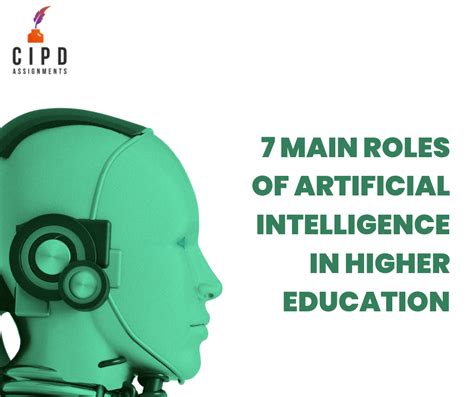The Role of Artificial Intelligence in Improving Blockchain User Authentication
As our world becomes increasingly digital, blockchain technology has emerged as a key factor in securing online transactions and ensuring data integrity. One of the critical components that makes a blockchain secure is user authentication. In this article, we explore the role of artificial intelligence (AI) in improving blockchain user authentication.
Challenges of Traditional Authentication Methods
Traditional methods of user authentication, such as passwords or biometric verification, have limitations. Passwords can often be easily guessed by hackers and biometric verification can be unreliable due to a number of factors, such as device usage patterns, location or sleep apnea. In addition, traditional authentication methods require users to remember complex combinations of characters, numbers or words, making passwords easy for attackers to crack.
The Role of Artificial Intelligence in User Authentication

Artificial intelligence (AI) has fundamentally changed user authentication and offers several advantages over traditional methods. Here are some ways AI improves user authentication:
- Improved security: AI-powered security systems can detect anomalies and predict potential threats to user accounts, preventing brute force attacks and other types of cyberattacks.
- Improved efficiency
: AI can automate the process of verifying user identities, reducing the need for manual verification steps and minimizing the risk of human error.
- Better accuracy: Machine learning algorithms can analyze user behavior patterns and predict potential security breaches, enabling early detection and intervention.
- Personalization: AI-powered systems can learn user behavior and preferences over time, enabling more personalized authentication processes tailored to individual users.
Types of AI used in user authentication
There are several types of AI used in blockchain-based authentication systems:
- Deep Learning: Deep learning algorithms, such as neural networks, are used to detect and predict anomalies.
- Natural Language Processing (NLP): NLP is used for text-based validation and analysis of user data.
- Machine Learning (ML): ML algorithms are used to identify behavioral patterns and detect threats.
Real-world examples of AI in blockchain authentication
Several blockchain companies and organizations have adopted AI-based authentication systems to enhance their security measures:
- Bitcoin: Bitcoin’s Lightning Network uses artificial intelligence-based transaction confirmation to ensure secure and efficient payment processing.
- Ethereum: Ethereum’s smart contract platform uses AI-based user identity verification, ensuring secure access to the network.
- Cardano: Cardano’s blockchain-based identity management system uses AI-powered authentication to prevent unauthorized use.
Benefits of using artificial intelligence in blockchain authentication
Using artificial intelligence in blockchain authentication offers several benefits:
- Improved security: Artificial intelligence-based security systems can detect and prevent cyberattacks more effectively than traditional methods.
- Improved efficiency: Automating the verification process reduces the need for manual intervention, increases efficiency, and reduces costs.
- Improved user experience: In-person authentication processes lead to a better user experience as users are authenticated more efficiently.
Conclusion
In summary, artificial intelligence plays a crucial role in improving blockchain user authentication. By using machine learning, deep learning, NLP and ML algorithms, we can create more secure, efficient and personalized authentication systems that protect the integrity of blockchain networks.
Leave a Reply